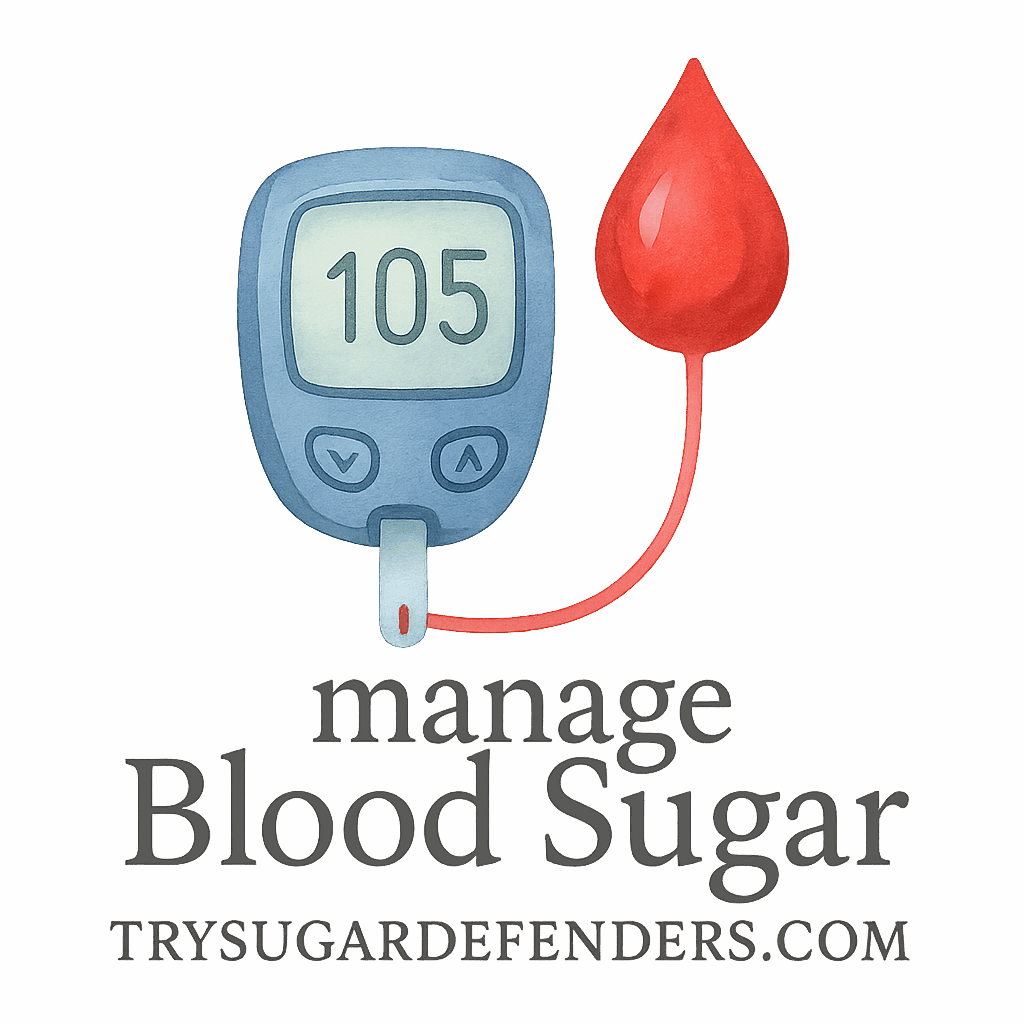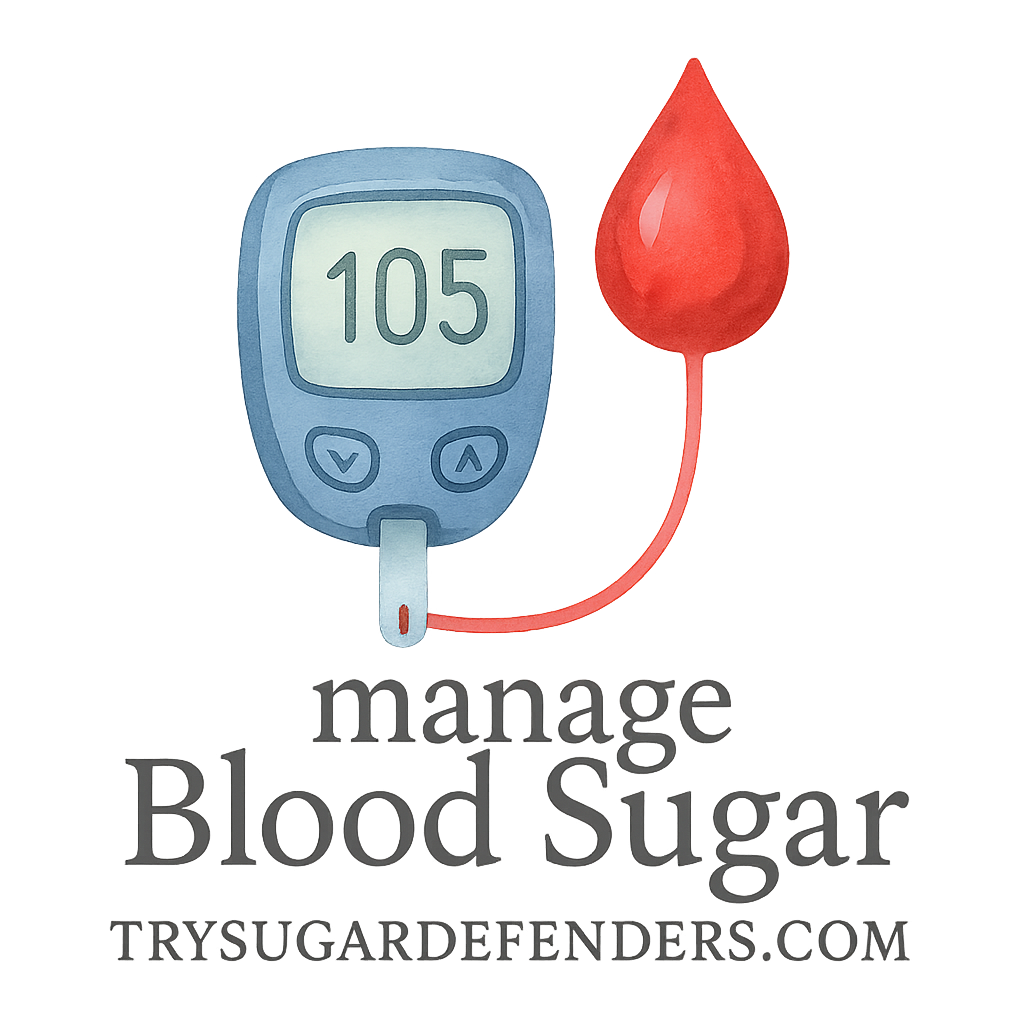Introduction: Why Blood Sugar Balance Matters
Let’s face it: blood sugar balance isn’t just for people with diabetes—it’s for everyone who wants to feel more energized, think clearly, and live longer. When your blood sugar is stable, your mood, weight, and energy levels all benefit. But when it’s out of whack? Hello, fatigue, cravings, and brain fog.
So how do we support healthy blood sugar levels naturally? That’s where superfoods come in. These nutritional powerhouses can help regulate glucose, reduce inflammation, and promote overall metabolic health.
If you’re looking to support your blood sugar balance, the right diet can make a world of difference. Let’s dive into the top 9 superfoods that should be on your plate—today.
What Are Superfoods?
Superfoods aren’t magical, but they come pretty close. They’re foods that are rich in nutrients like antioxidants, fiber, and healthy fats—all of which support blood sugar management. They’re also low in added sugars and refined carbs, the real enemies of stable glucose levels.
The Role of Superfoods in Blood Sugar Control
Certain foods can actually lower the glycemic impact of a meal and reduce post-meal spikes. These superfoods enhance insulin sensitivity, promote gut health, and slow digestion—keeping your energy steady.
For a more comprehensive approach, check out our guide to diet and nutrition for blood sugar.
Superfood #1: Blueberries
Benefits of Blueberries for Blood Sugar
These little blue gems are packed with antioxidants called anthocyanins, which improve insulin sensitivity and reduce inflammation. Studies have shown that regular blueberry consumption can lower the risk of developing type 2 diabetes.
How to Add Blueberries to Your Diet
- Add them to Greek yogurt (more on that later!)
- Blend them into smoothies
- Toss them into salads
They’re nature’s candy—without the crash.
Explore more blood sugar benefits of incorporating fruits wisely.
Superfood #2: Chia Seeds
Fiber Power for Glucose Stability
Just two tablespoons of chia seeds offer 10 grams of fiber. Fiber slows down digestion and helps prevent blood sugar spikes. Chia also contains omega-3 fatty acids, which help reduce inflammation.
Chia Recipes and Tips
- Make overnight chia pudding
- Add to smoothies or yogurt
- Mix into baked goods
Chia’s versatility makes it a healthy must-have in your pantry.
Superfood #3: Leafy Greens
Nutrient Density and Blood Sugar Impact
Spinach, kale, and Swiss chard are low in calories and carbs but high in magnesium, a key mineral for glucose control. Plus, they’re rich in antioxidants that combat oxidative stress—a major factor in insulin resistance.
Best Ways to Enjoy Leafy Greens
- Sautéed with olive oil and garlic
- Added to smoothies
- Mixed into omelets or casseroles
Learn how leafy greens fit into your diet plan for blood sugar balance.

Superfood #4: Avocados
Healthy Fats and Insulin Sensitivity
Avocados are rich in monounsaturated fats, which help improve insulin sensitivity. They also have very low sugar content and are packed with fiber—making them a blood sugar superhero.
Tasty Ways to Eat More Avocados
- Smash on whole-grain toast
- Blend into smoothies
- Dice into salads
Looking to complement your diet with the right medical supplements? Avocados are a great food foundation to pair with effective solutions.
Superfood #5: Cinnamon
Natural Insulin Booster
Cinnamon contains bioactive compounds that can mimic insulin and increase glucose transport into cells. It also helps lower fasting blood glucose levels.
Smart Ways to Use Cinnamon Daily
- Sprinkle on oatmeal or yogurt
- Stir into your morning coffee
- Add to smoothies or protein shakes
More natural methods like this can help take the edge off your glucose swings.
Superfood #6: Lentils
Protein, Fiber, and Blood Sugar Synergy
Lentils are rich in plant-based protein and soluble fiber—both essential for slowing down digestion and reducing blood sugar spikes after meals.
Cooking Ideas for Lentils
- Lentil soup or stew
- Lentil salad with veggies and olive oil
- Added to rice dishes or curries
They’re a perfect fit for a Mediterranean-style blood sugar-friendly diet.
Superfood #7: Nuts (Especially Walnuts & Almonds)
Snack Smart with Low Glycemic Load
Nuts are packed with protein, fiber, and healthy fats—all of which help regulate blood sugar. Almonds can even reduce the glycemic index of a high-carb meal when eaten before it.
Portion Control Tips
- Stick to a small handful
- Avoid salted or candied versions
- Use nut butters sparingly
See how smart snacking fits into your routine for better blood sugar management.
Superfood #8: Sweet Potatoes
Complex Carbs Done Right
Unlike white potatoes, sweet potatoes have a lower glycemic index and are rich in fiber, beta-carotene, and potassium—great for both blood sugar and heart health.
Delicious Ways to Prepare Sweet Potatoes
- Baked with cinnamon
- Roasted with olive oil and herbs
- Mashed with a splash of Greek yogurt
Explore more diet comparisons to find what works best for your body.
Superfood #9: Greek Yogurt
Probiotics and Blood Sugar Balance
Greek yogurt is rich in protein and low in sugar—especially when you choose plain, unsweetened varieties. It’s also loaded with probiotics, which support gut health and may reduce insulin resistance.
Best Types and Combinations
- Top with berries and chia seeds
- Use as a base for dips
- Add a sprinkle of cinnamon
Explore our exercise and lifestyle guide to combine nutrition with movement for maximum effect.
Additional Lifestyle Tips for Blood Sugar Control
Diet, Exercise & Mindset
Pair these superfoods with regular movement and positive behavioral strategies. Check out behavioral and mental strategies to develop habits that stick. Exercise boosts insulin sensitivity, and a consistent routine enhances the effects of your diet.
Supplementation and Monitoring
Sometimes food alone isn’t enough. Pair your superfood strategy with targeted supplements and consistent monitoring and tracking to stay on top of your health.
Conclusion
Balancing your blood sugar doesn’t have to mean giving up all your favorite foods. In fact, with these 9 superfoods in your toolbox, you can eat well, feel energized, and support your body naturally.
Whether you’re just getting started or fine-tuning your routine, a diet rich in superfoods is one of the simplest, most delicious ways to stay on track.
Be sure to explore more tips, tools, and strategies over at Sugar Defenders for everything from tracking devices to doctor consultation and CBT strategies.
FAQs
1. Can I eat all these superfoods daily?
Yes, but mix them up! Variety ensures you get a full spectrum of nutrients.
2. Are these superfoods good for weight loss too?
Absolutely. Many of them support satiety and reduce cravings.
3. What’s the best time to eat superfoods for blood sugar?
Try including them in every meal—especially breakfast and lunch.
4. Is Greek yogurt okay if I’m lactose intolerant?
Many tolerate it better due to lower lactose. Opt for lactose-free if needed.
5. How quickly do these foods affect blood sugar?
You’ll feel more balanced within days, but consistent use is key for long-term results.
6. Can kids eat these superfoods too?
Definitely. They’re great for building healthy eating habits early.
7. What’s the next step after adding these foods?
Combine them with goal-setting strategies, exercise, and regular monitoring to level up your health game.


